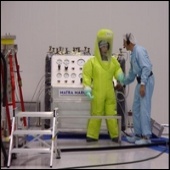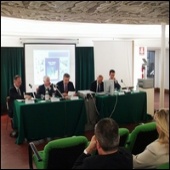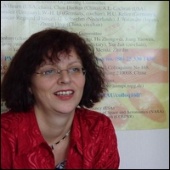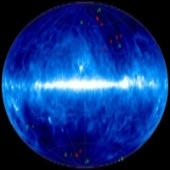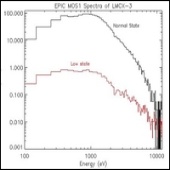ESA Science & Technology - News Archive
News archive
News archive
Published: 27 June 2000
Published: 26 June 2000
Published: 23 June 2000
Published: 21 June 2000
Published: 19 June 2000
Published: 16 June 2000
Published: 14 June 2000
Published: 14 June 2000
Published: 13 June 2000
Published: 13 June 2000
Published: 7 June 2000
Published: 5 June 2000
New results by a group of European and American scientists
make it clear that the NASA/ESA Hubble Space Telescope is nothing less than a true black hole finder.
Published: 5 June 2000
Published: 5 June 2000
Published: 30 May 2000
Published: 29 May 2000
Published: 26 May 2000
Published: 24 May 2000
Published: 22 May 2000
Published: 19 May 2000
—
20 Items per Page









